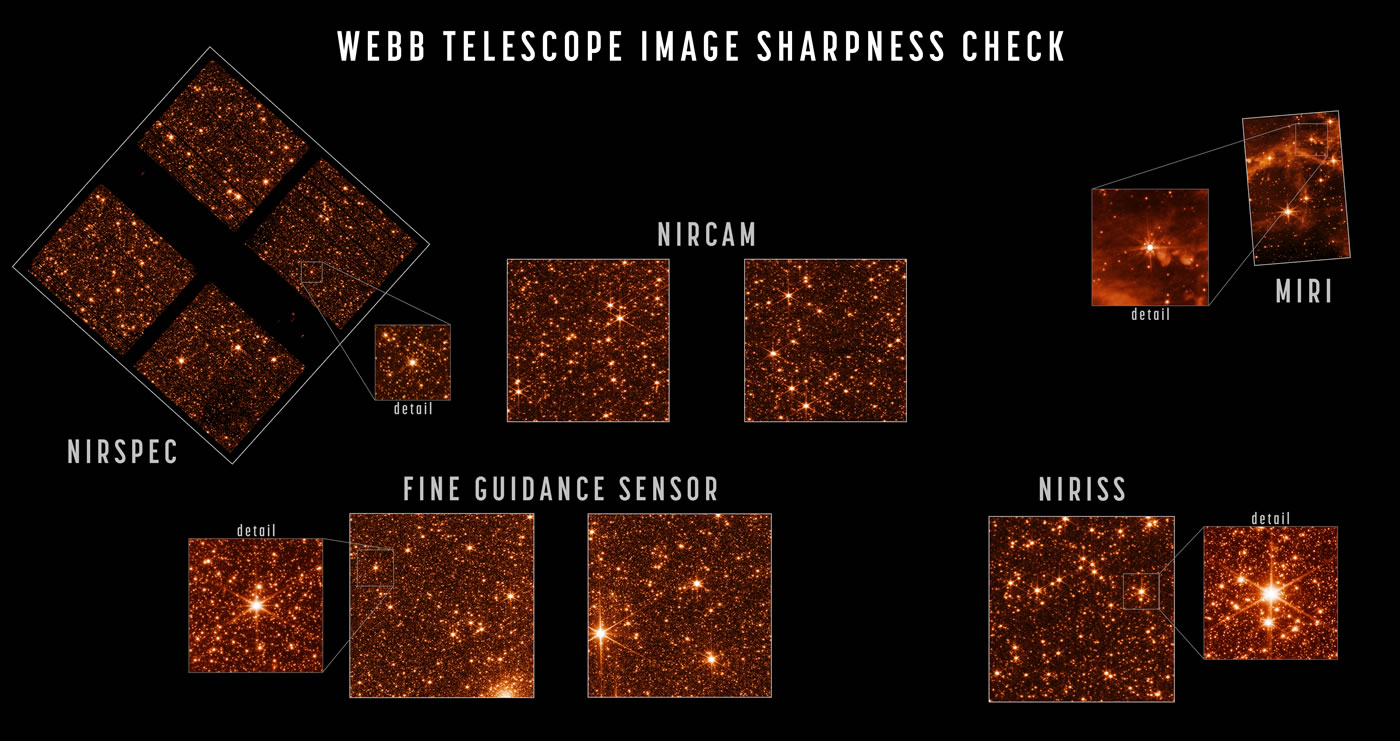bsman
b00b
Just 2224 miles to go to L2...with more than 905,000 miles distance from Earth.
The news here was talking about JWST this morning, as a bunch of parts inside are made by Swiss companies, plus news here is generally filled with lots of these type of stories as not much news happens.
How many jewels?






